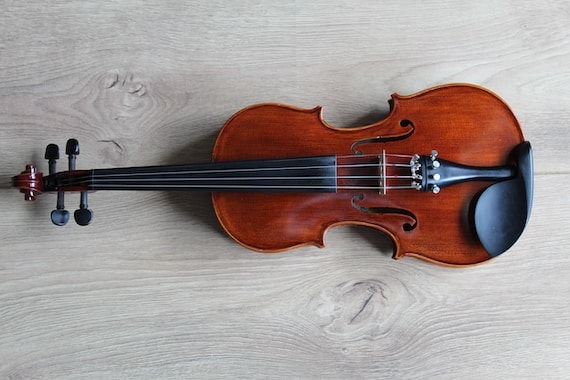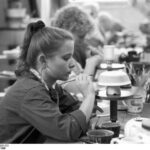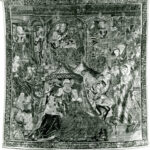Jean Baptiste Vuillaume (1798-1875) was a renowned French luthier and bow maker who is widely regarded as one of the most influential figures in the history of violin making. Born on October 7, 1798, in Mirecourt, France, Vuillaume’s exceptional craftsmanship and innovative spirit revolutionized the art of violin making during the 19th century. His instruments are highly sought after by musicians and collectors alike, and his impact on the world of stringed instruments is immeasurable.
Vuillaume was born into a family of luthiers, and he began his apprenticeship with his father, Claude François Vuillaume, at a young age. Under his father’s guidance, Jean Baptiste quickly developed his skills and displayed a remarkable talent for woodworking. However, it was his move to Paris in 1818 that truly marked the beginning of his illustrious career.
In Paris, Vuillaume joined the workshop of François-Louis Pique, a renowned violin maker of the time. He honed his skills under Pique’s tutelage, mastering the intricacies of violin making and bow craftsmanship. Vuillaume’s dedication and passion for his craft were evident from the start, and he soon gained recognition for his exceptional abilities.
In 1821, at the age of 23, Vuillaume established his own workshop in Paris. He quickly garnered a reputation for his meticulous attention to detail, his unwavering commitment to quality, and his relentless pursuit of perfection. His instruments gained popularity not only among musicians but also among leading composers and virtuosos of the time.
Vuillaume’s contributions to violin making were not limited to his exceptional craftsmanship. He was also a visionary and innovator who experimented with new techniques and materials. He was among the first luthiers to adopt the use of the Tourte bow, which revolutionized the sound and playability of stringed instruments. Vuillaume’s bows became highly sought after and were considered some of the finest examples of bow making.
As his reputation grew, Vuillaume attracted the attention of renowned musicians, including Niccolò Paganini and Charles Philippe Lafont. Paganini, the legendary Italian violin virtuoso, was particularly impressed with Vuillaume’s work and became a patron of his instruments. Vuillaume created several instruments specifically for Paganini, including a violin named “Il Cannone,” which became one of Paganini’s favorite instruments and is still highly regarded today.
Vuillaume’s commitment to quality and his attention to detail extended beyond his own work. He was also passionate about preserving and restoring antique instruments, recognizing their historical significance and artistic value. He meticulously studied and replicated instruments by the great masters, including Stradivari, Guarneri del Gesù, and Amati, with astonishing accuracy and attention to detail. His replicas became highly prized and are still sought after by musicians and collectors who desire the sound and feel of the original masterpieces.
In addition to his exceptional craftsmanship, Vuillaume was also an astute businessman. He established a large-scale production workshop, employing a team of skilled craftsmen to meet the increasing demand for his instruments. His ability to combine artistry with mass production techniques allowed him to produce instruments of consistent quality on a larger scale, making his work more accessible to a wider range of musicians.
Vuillaume’s legacy extends beyond his lifetime. His instruments continue to be treasured by musicians, and his craftsmanship and innovations continue to shape the world of violin making. His influence can be seen in the work of subsequent generations of luthiers, who have drawn inspiration from his techniques and designs.
Jean Baptiste Vuillaume passed away on March 19, 1875, in Paris, leaving behind a legacy that forever transformed the world of stringed instruments. His instruments, bows, and replicas continue to be revered for their exceptional craftsmanship, tonal qualities, and historical significance. Today, his work is exhibited in prestigious museums and collections around the world, serving as a testament to his enduring impact on the art of violin making.
Sources
1. Jean Baptiste Vuillaume. English Wikipedia, 2023.
2. Jean Baptiste Vuillaume. (n.d.). In Tarisio. 2023.







